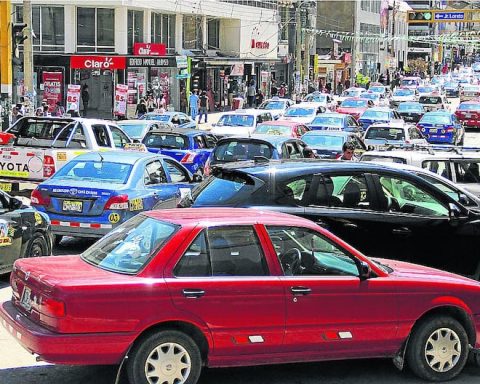One of the issues that has raised the most objections to Colombia’s fiscal performance throughout this year is the management of the budget, which from its projection and approval left serious doubts and in recent months has been framed by under-execution and drastic cuts that were forced due to the low tax collection shown by the Dian.
This has led to investment being the great sacrifice and although the Ministry of Finance has recently shown improvements in this area, the figures are still unfavourable in the historical comparison, since despite the fact that the economy needs an urgent injection of resources, the budget is not being executed at the expected pace.
Almost 30% of 2025 investment will depend on the Financing Law
This is clear in the most recent report of the Autonomous Committee of Fiscal Rule, which presented the budget execution figures as of June and in them it can be seen that more than 47% of the General Budget of the Nation assigned for 2023 has already been committed, a figure that It is below what was achieved in the same period in 2023 and what it should have been so far.
Colombian pesos.
iStock
In other words, of the $503.2 trillion in the accounts for spending this year, $238.7 trillion has already been committed, the vast majority of which has gone to operating expenses ($143.2 trillion), followed by investment ($53.8 trillion) and debt repayment, which stands at $41.6 trillion, according to records from the Ministry of Finance.
Now, taking into account that until June of last year the execution was 52.1%it can be seen that there is a slight delay in the national accounts. Likewise, knowing that up to now the percentage of committed resources should be 49.8%; it is evident that the allocation of resources must be accelerated.
‘They are not credible’: Colombian reactions to Venezuelan election results
“In terms of obligations, these amount to $191.1 billion (38% of total appropriations). The area with the highest percentage of obligations is Debt Service (44%), followed by Operations (41.3%), while Investment has obligated 22% of appropriations,” says the CARF document.
Finally, as far as payments are concerned, that is, the money that ultimately comes in Regarding the economy after its disbursement by the Government, it must be said that this is one of the lowest indicators in this report, since it is currently at 36.9%, when it should be almost 50%. When compared to last year’s reports, in June this section was at 41.3%; which also shows a drop.

Ministry of Finance – Ricardo Bonilla.
Courtesy – Ministry of Finance
Accelerate investment
In the discrimination of the use of state resources, for the experts of the CARF the slow pace at which the allocation of resources for investment continues to move is striking, since it has improved, but it is the lowest of all the items that are measured in the budget execution and barely reaches 21.9%.
In simple words, of the $99.8 billion that the Government has projected to invest and generate development in 2024, it has committed $53.85 (56.9%), but it has committed $22 billion (22%) and the payments, which is the money that really counts as a boost to the economy, amount to $21.89 billion (21.9%). This means that After the end of the first half of this year, the country has more than $70 billion unused in its coffers.
This is not a minor issue if one takes into account that a warning from the Comptroller General of the Republic was recently issued, in which it is noted that tax collection in the country continues to decline and that it is no longer only the Court’s rejection of the non-deductibility of royalties or the failure to collect taxes through litigation and arbitration that is affecting the nation’s accounts, since the slowdown continues to give no respite.
Pension fund savings maintain their upward trend at the end of June
Taking as a starting point the alerts of the Comptroller’s Office and other organizations control, the Economic Research team of Banco de Bogotá published a report in which it warns that the 2024 budget requires a new cut that, beyond the under-execution that the Government is showing with these items, it is necessary to cut at least $10 billion more than the $20 billion that have already been ordered.
Thus, it is not ruled out that investment may be lower in the remainder of this year, since although $99 billion was initially projected, the adjustments, According to experts, sooner or later they could end up touching this sector of the economy.


















